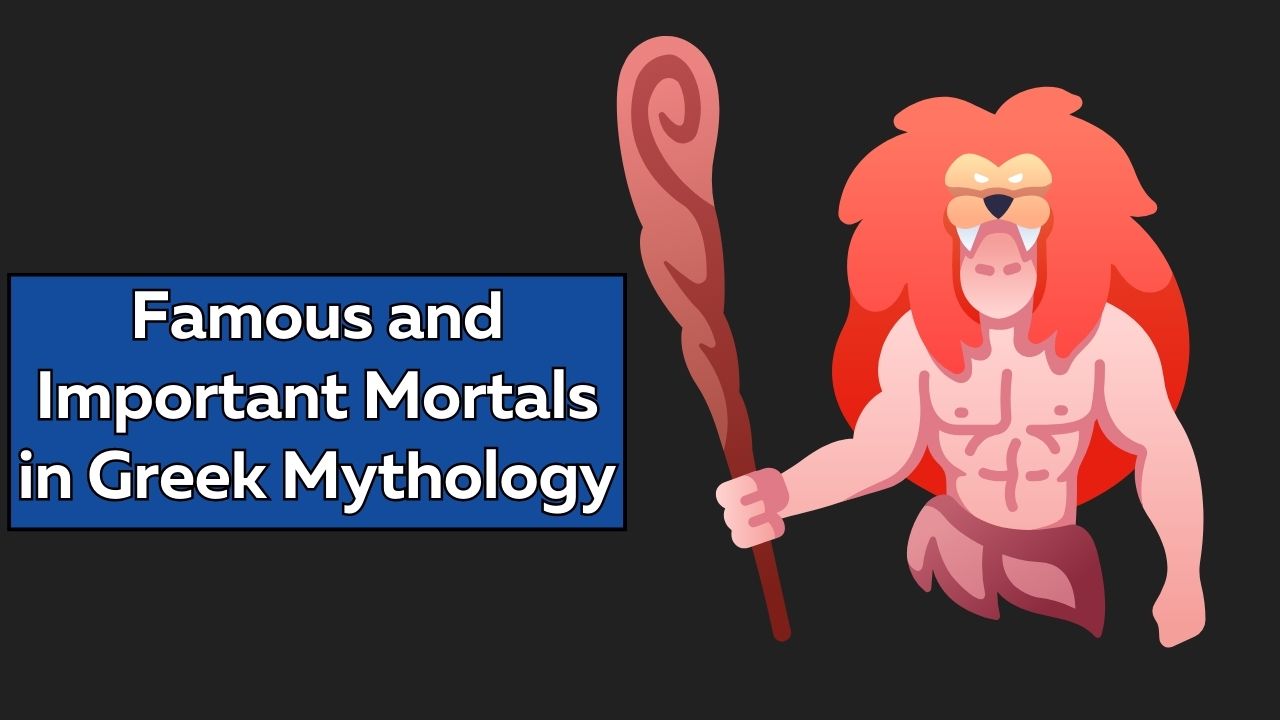For centuries, tales of mythical creatures have been passed down from one generation to the next. From unicorns to trolls and even dragons, these stories are often the stuff of legend, but what about gnomes? Are they just another figment of our imaginations — or do they have a basis in reality? In this article, we’ll take a look at the mysterious origins of these mythical creatures and examine whether or not gnomes could actually exist.
The Origins of Gnomes
1. History: The origin of the word “gnome” is somewhat shrouded in mystery. Some scholars believe that it may be derived from the Greek word “gnosis,” which means knowledge or wisdom, while others theorize that it may have originated from the Latin word “genomos,” which means earth dweller. Regardless of their exact origin, the first widely acknowledged references to gnomes come from 16th century Swiss alchemist, Paracelsus, who wrote about “pygmaei” or small spiritual beings that lived underground.
2. Folklore: Even before Paracelsus’s writings, gnomes were featured in numerous folklore tales from different cultures around the globe. In these stories, gnomes were often described as small, humanoid creatures that lived in underground tunnels and chambers. They were thought to wield magical powers that granted them the ability to conduct certain tasks, such as guarding treasure or providing advice to humans.
3. Popular Culture: In recent years, gnomes have been given a modern-day makeover. Most notably, they appear in the popular computer game World of Warcraft, where they are a playable race. Gnomes also appear in many books, films, and television shows, where they are usually portrayed as kind and wise creatures with a taste for the eccentric.
Are Gnomes Real?
1. Popular Opinion: While the majority of people agree that gnomes are mythical creatures, there are some who vehemently believe that they are real. In fact, there are numerous websites and organizations devoted to the study and exploration of these mythical beings. The most prominent of these is the International Union of Gnomes (IUG), an organization that was founded in the late 1980s to promote the study of gnomology. While the existence of gnomes has never been proven, the IUG continues its research.
2. Theoretical Gnomology: Though gnomes have never been physically proven to exist, their theoretical existence has been debated by many scholars. According to the field of ‘gnomology’, gnomes are believed to possess an acoustic resonance or hearing capacity far superior to humans. This superior hearing capacity allows them to detect movements and vibrations in the ground, making them able to detect potential threats and sense the presence of other creatures. Gnomology also posits that gnomes have the ability to manipulate energy, enabling them to manipulate other elements such as air and water for various purposes.
3. Scientific Evidence: Despite the theoretical claims of gnomologists, there is still no scientific evidence that confirm the existence of these mythological creatures. In fact, much of the evidence that does exist is purely anecdotal and can easily be dismissed as superstition. Studies conducted on the auditory abilities of animals have failed to find any unique abilities that would be comparable to those described in gnomology, further leading into doubt the possibility of their existence.
Conclusion
In conclusion, it’s clear that there is still no definitive answer as to whether or not gnomes are real or mythical creatures. While the field of gnomology offers intriguing insights into their potential existence, there is still no scientific evidence that proves their existence beyond a shadow of a doubt. Ultimately, only time will tell if these mythological creatures truly exist or if they remain just a figment of our imaginations.







Leave a Reply